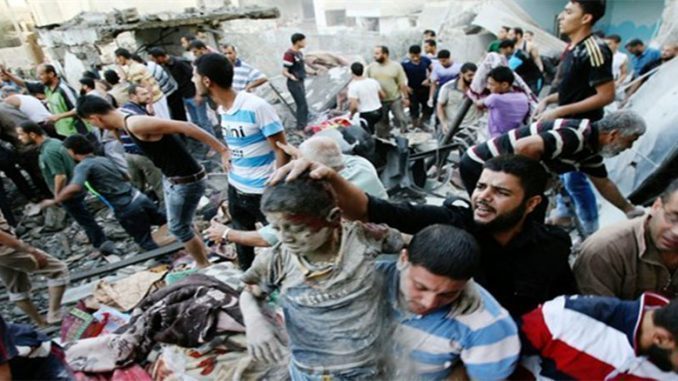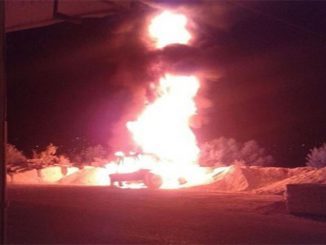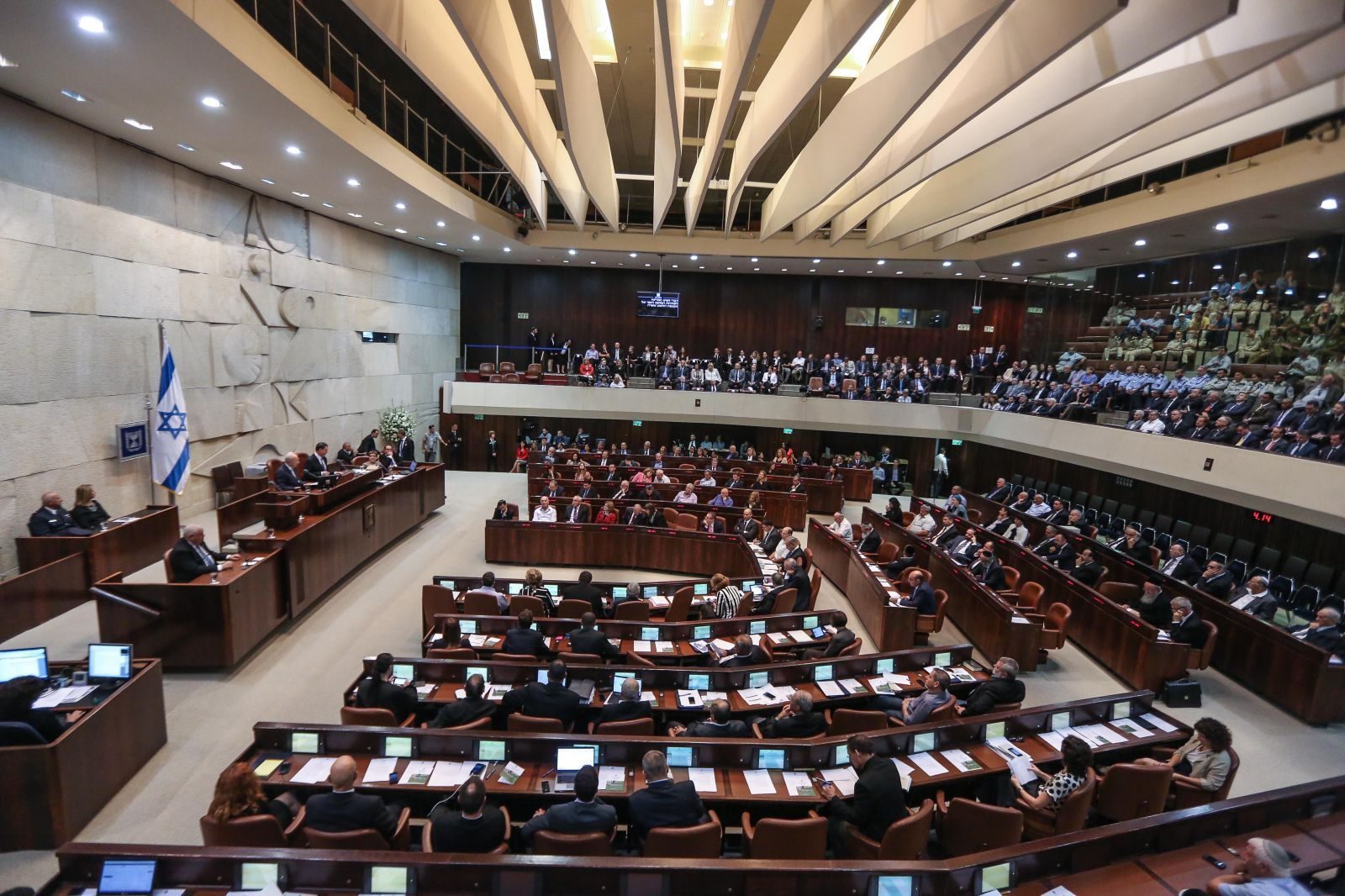
The Norwegian Refugee Council (NRC) released a statement on Friday that highlighted the continuous devastation faced by residents of the besieged Gaza Strip three years after Israel’s 2014 offensive, as thousands of Palestinians in Gaza have remained displaced in the coastal enclave.
The 51-day offensive in 2014 left more than 2,000 Palestinians dead, including at least 1,462 civilians, a third of whom were children, according to the United Nations.
“Of 11,000 homes totally destroyed during the war, a little over one third have been rebuilt,” NRC noted, adding that many of these families have continued to reside in tents since three years ago.
NRC said that 8,135 of those homes have not yet been reconstructed, and added that 160,000 additional homes were also damaged during the war.
Thaer al-Sheesh, a father of four in Gaza, told NRC that he has spent three years in a tent as he has continued to wait for his home to be rebuilt since the devastating war. “We are alive now because death hasn’t bothered to take us yet. It will be way better for us to die, as we won’t face problems anymore,” he said.
According to NRC, 6,300 Palestinian families — 35,000 individuals — in Gaza have remained displaced from the war.
Meanwhile, reconstruction efforts have been painfully slow — hindered by Israel’s blockade, ongoing disputes with the Fatah-dominated Palestinian Authority (PA), and a severe shortage of foreign assistance.
According to NRC, halfway into the 2017 year, only 30 percent of promised funding for reconstruction in Gaza has been covered, leaving a deficit of $380 million.
“Even if the necessary funding is made available immediately, we are still looking at another year of construction before the displaced families can return to their homes,” NRC’s Country Director in Jerusalem Hanibal Abiy Worku said in the statement.
The statement highlighted that humanitarian assistance has been greatly affected by Israel’s decade-long siege on the Gaza Strip, especially owing to Israel’s restrictions on building materials, despite certain quantities of cement being allowed to enter the small Palestinian territory since September 2014, when UN’s Middle East envoy announced a UN mechanism, referred to as the “Serry Plan,” to assist with reconstruction efforts.
According to NRC, 46 percent of the amount of cement needed for housing reconstruction in Gaza since 2014 is still needed.
On top of tens of thousands of Palestinians still reeling from the effects of the 2014 war, Israel has continued to keep two million Palestinians under a military siege, while the Hamas and Fatah rivalry has escalated in recent weeks and further contributed to the dire humanitarian situation in the Gaza Strip.
After Israel cut Gaza’s electricity supply by up to 60 percent, upon the request of the PA, Egypt stepped in to provide fuel in order to avert a full collapse in the besieged territory.
However, Gaza has continued to suffer from a serious power shortage, only receiving a few hours of electricity a day, while repressive PA policies, such as cutting their Gaza-based employees’ salaries, halting medical referrals to patients in Gaza to receive medical treatment outside of the territory, and cutting its funding to Gaza’s medical sector has further contributed to hardships in Gaza.
The PA has been the target of recent condemnation for intentionally exacerbating the difficulties of life for everyday residents in Gaza.
“All parties are encouraged to overcome differences, with the support of the international community,” NRC added in the statement. “As an immediate measure of addressing humanitarian needs, support should be provided for continuity of essential services in the sectors of shelter, health, water and sanitation.”
The UN has warned that the Gaza Strip would become uninhabitable for residents by 2020, pointing to the devastation of war and the crippling effects of Israel’s blockade, while 80 percent of Gaza’s population have become dependent on humanitarian assistance.



